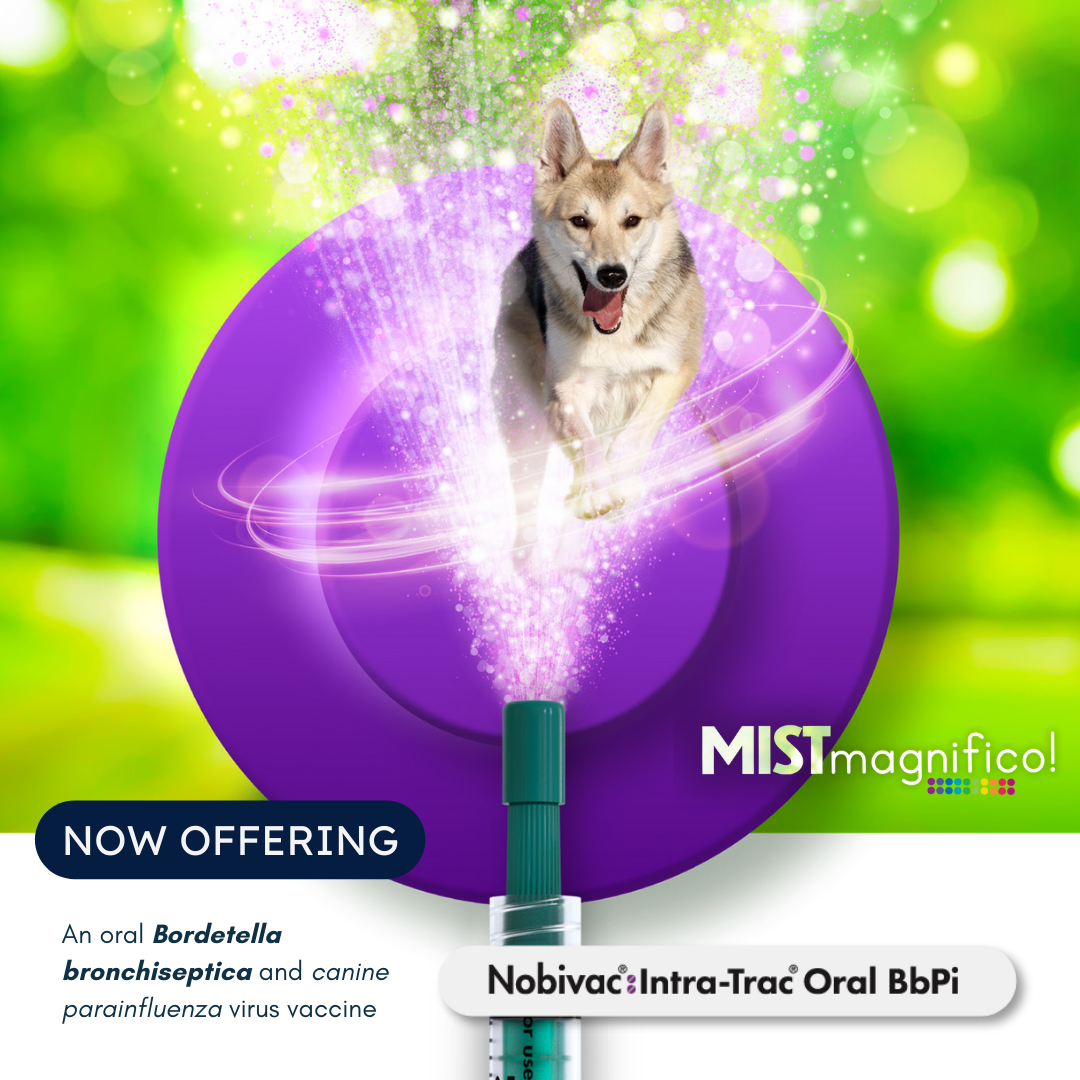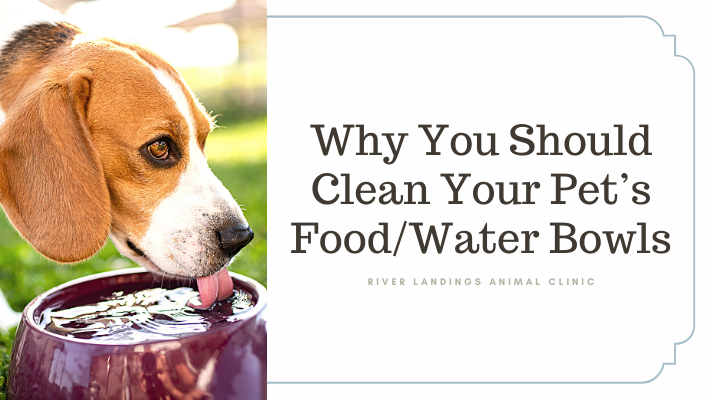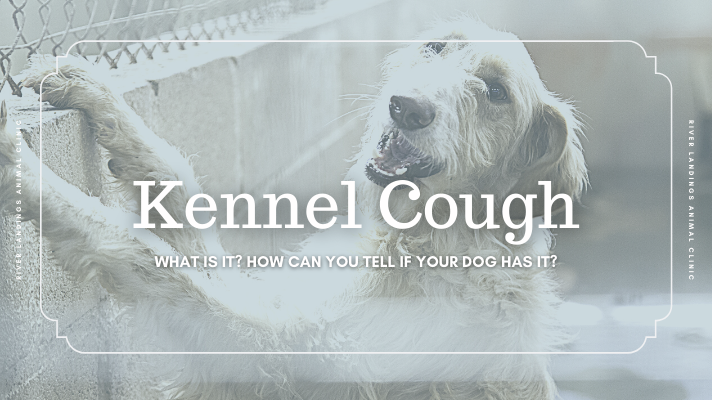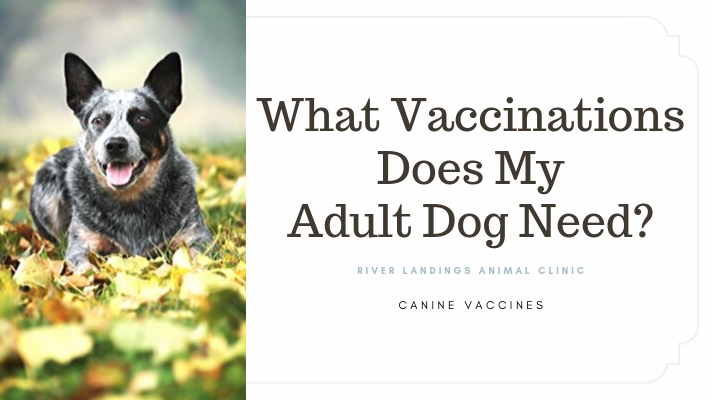We all know clean and fresh water is vital for good health. With this in mind, you probably top up the bowl every time it goes down.
But as it happens, this isn’t sufficient to ensure good health. Merely topping up the water level does nothing to control harmful bacteria or even toxins that can be lurking in the water. Not only are these bugs unpleasant, but also they can cause illness in people, especially those with weak immune systems. So what bugs could be lurking in your pet's water bowl? Surprisingly, quite a few!
1. Giardia
This single-celled parasite may be better known to you as “traveler’s diarrhea.” It can infect people too—not just your pets.
Giardia is shed in feces inside a hardy oocyst. The latter is tough and can survive for long periods of time in warm, humid conditions, and thrives in water.
When a dog drinks infected water, the parasite passes into its gut. Some dogs show no symptoms, but others can develop sickness and weight loss in addition to diarrhea.
A diagnosis is made by examining a fecal sample under a microscope. Most cases respond well to 3-10 days of medication tailored to your pet.
Related: How do pets and people become infected with Giardia?
2. Cryptosporidium
Cryptosporidium is similar to giardia but a whole lot tougher. It’s so tough that it can survive chlorine treatment. Similar to giardia, oocysts are passed in feces that, if they get into the water, are a source of infection for animals and birds.
Your vet will prepare a treatment of fenbendazole or metronidazole to kill the parasite in the gut.
Bathe and shampoo the dog on the last day of treatment to wash away any oocysts clinging to the coat. Not doing so risks reinfection should the dog lick their fur.
Related: What Can I Catch From My Dog?
3. Leptospirosis
Leptospirosis is a particularly nasty infection with the potential to kill. It’s also a devious infection because signs can range from mild stomach upsets that last for weeks to months to an acute liver and kidney failure that are fatal in hours.
Other symptoms include:
Leptospirosis can be spread by rat urine and especially loves water sources such as standing water, puddles, and birdbaths. The unpredictable nature of leptospirosis means prevention is the best policy.
Luckily, there are vaccines available for your dog. If you live in a risk area for lepto, then your vet will advise giving the vaccine. A word of caution, though: The vaccine must be given yearly, as immunity is often gone completely 12 months after the previous dose.
Humans, however, don’t yet have a vaccine. Did you know pets can pass lepto to people? If your dog shows similar symptoms to those above and you feel unwell, see your physician as a matter of urgency.
Related: You and Your Pet Are at Risk For Leptospirosis
4. Blue-Green Algae
You may be aware that dogs shouldn’t swim in water with an obvious algal bloom—but do you know why?
Cyanobacteria, also known as blue-green algae, are a toxin-producing form of bacteria. This toxin can affect any mammal (yes, including people), causing nerve and liver damage.
Signs of toxicity include:
Weakness
Muscle tremors
Drooling
Vomiting
Diarrhea
Breathing difficulties
Collapse and death
There is no antidote to blue-green algae poisoning. Treatment includes rinsing out the stomach to remove contamination and supportive care with intravenous fluids.
So don’t let your dog swim in dirty water or drink from containers of “old” water — give them the fresh stuff.
Related: How Red Tide Affects Your Pet









